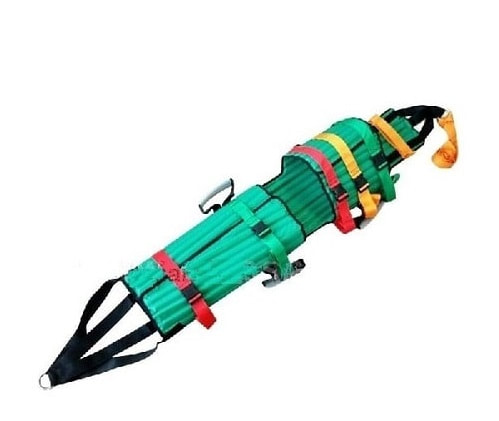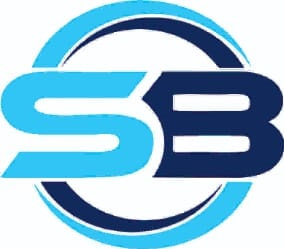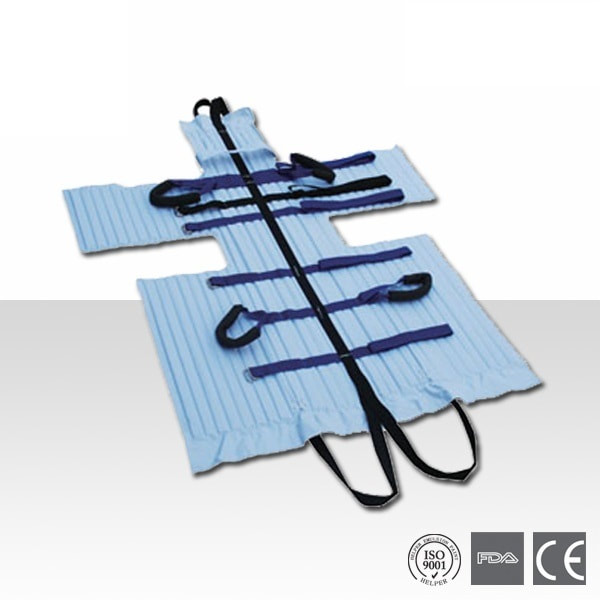Neil Robertson Stretcher Supplier in Sharjah
Neil Robertson StretcherThis Neil Robertson stretcher provides more comfortable movement and flexibility for the user when transferring a patient. It is ideal for small places like engine rooms and boiler rooms where access is limited. The main feature of the stretcher is to carry a patient in a vertical position, allowing simple and safe recovery of a patient from difficult situations. Widely used by the navy, mines, factories and emergency services
Technical Features:1. Material: strengthen oxford fabric & bamboo
2. Product size (L x W x H): 165 x 136 x 1.5 cm 3. Packing size (1pc/carton): 166 x 16 x 16 cm 4. N.W.: 7 kg G.W.: 8 kg 5. Load bearing: less than 120 kg |
 Neil Robertson Stretcher for Hospitals
Neil Robertson Stretcher for Hospitals
The Neil Robertson stretcher (NRS) is a remarkable piece of equipment renowned for its lightweight yet heavy-duty design, making it ideal for seamless transportation. Crafted from flexible semi-rigid canvas, this stretcher offers the utmost convenience as it can be effortlessly folded when not in use. Its compact size and flexibility make it a perfect choice for navigating through confined spaces, including engine rooms and boiler rooms, where accessibility is often limited.
The primary objective of the Neil Robertson stretcher is to ensure the secure and stable transportation of patients in a vertical position, allowing for their safe recovery even in the most challenging situations. This versatile stretcher has gained wide recognition and is extensively employed by various entities such as the navy, mines, factories, and emergency services. Its construction, incorporating high-tensity nylon and bamboo materials, guarantees exceptional strength and durability, enabling it to withstand high-tension conditions with ease.
Notably, the Neil Robertson stretcher excels in its ability to handle transfers within narrow areas, making it highly effective for transporting individuals with fractures or critical injuries. Its innovative hinged and joined arrangement significantly enhances stability, minimising the risk of exacerbating injuries during the transfer process. While it is particularly popular aboard ships, where small access doors or hatches can pose challenges, this stretcher proves invaluable in a wide range of environments.
The stretcher's design incorporates flexible semi-rigid slats and canvas panels, meticulously crafted to ensure both strength and flexibility. For ease of handling, four large grab handles are strategically placed, allowing for effortless manoeuvring and positioning. To further enhance patient safety and stability, the stretcher is equipped with five strong buckled straps. These straps firmly wrap around the casualty, providing crucial support to the head and body and minimising any unnecessary movement during transfers. This feature is of paramount importance when dealing with injured individuals, as it helps prevent exacerbation of injuries and ensures their well-being throughout the transportation process.
How to use:
Applied to all kinds of ships, field working, mine operation, and architecture industries.
In accordance with the requirements of the Neil-Robertson stretcher of the International Marine Medical Guide, compiled by WHO.
1. Deploy the stretcher with the “INSIDE” mark upwards.
2. The wounded lie down on the stretcher. One fixing band at the upper part of the stretcher will be used for fixing the head or neck.
3. There are three fixing bands in the middle of the stretcher that will be used for fixing the chest, and the groove there could be used for receiving the upper arm.
4. There are two fixing bands at the lower part of the stretcher for fixing the crura below the hip.
5. Two rings located at the lower part of the stretcher are used for receiving the feet.
One set of wooden bars from the top to the bottom of the stretcher could protect the backbone effectively.
In accordance with the requirements of the Neil-Robertson stretcher of the International Marine Medical Guide, compiled by WHO.
1. Deploy the stretcher with the “INSIDE” mark upwards.
2. The wounded lie down on the stretcher. One fixing band at the upper part of the stretcher will be used for fixing the head or neck.
3. There are three fixing bands in the middle of the stretcher that will be used for fixing the chest, and the groove there could be used for receiving the upper arm.
4. There are two fixing bands at the lower part of the stretcher for fixing the crura below the hip.
5. Two rings located at the lower part of the stretcher are used for receiving the feet.
One set of wooden bars from the top to the bottom of the stretcher could protect the backbone effectively.
Note:
1. To take hold of the rubber rings in black colour on the backside of the little and uplift it after the wounded well is fixed.
2. In case of rescuing with a helicopter, to fix it to the lifting facilities, lift it carefully from the vertical access on board the ship and drop it down to the rescue boat.
2. In case of rescuing with a helicopter, to fix it to the lifting facilities, lift it carefully from the vertical access on board the ship and drop it down to the rescue boat.

